Folly Drain Viaduct
Folly Drain Viaduct
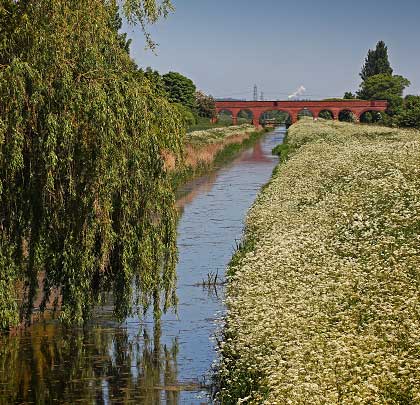
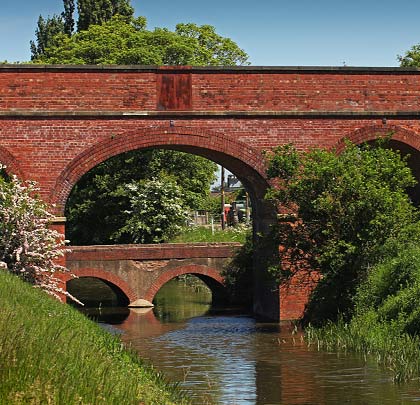
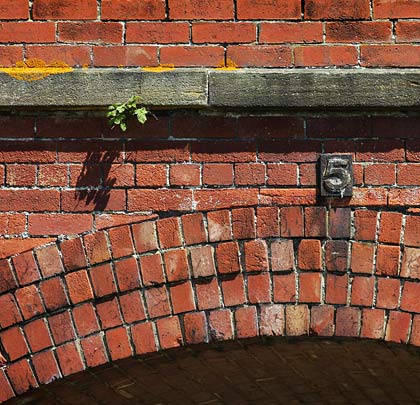
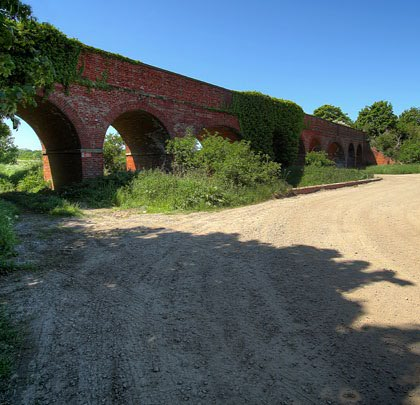
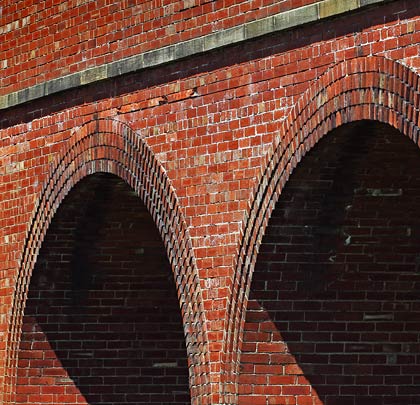
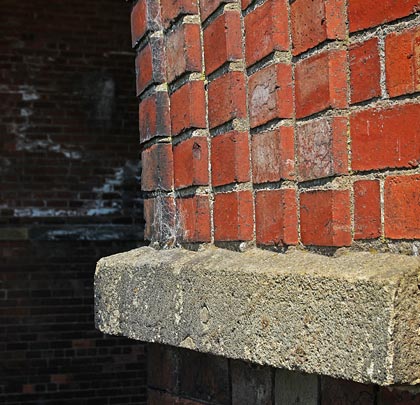
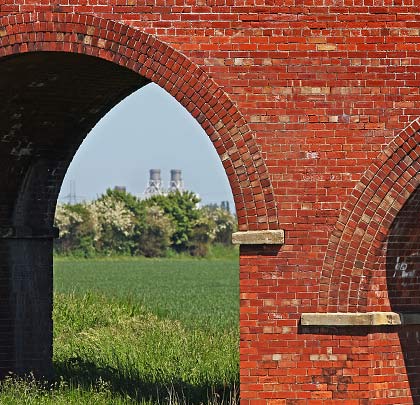
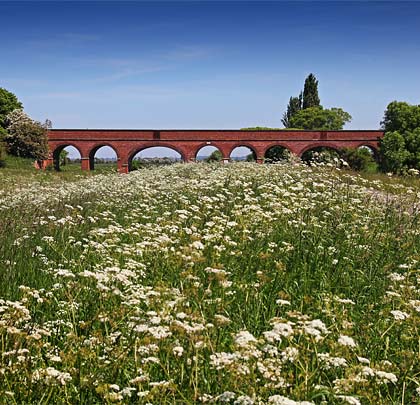








Proposed in 1897, the Isle of Axholme Light Railway ran from Haxey Junction on the joint GN/GE Doncaster-Lincoln line to meet the Goole & Marshland Light Railway end-on at Reedness Junction, providing access into Goole. The company enjoyed strong local support and authorisation for construction came in the form of a Light Railway Order on 11th March 1899. In July 1902 the ALR was vested in a joint committee of the North Eastern and Lancashire & Yorkshire railways.
Accompanied with much celebration, the first sod was cut by one of the directors’ daughters, Miss Bletcher, in July 1899, although work thereafter proceeded at a snail’s pace, fulfilled by the Northern Counties Contractors Corporation. By the end of 1902, two sections had been completed at either end of the line, but it was 1904 before the missing link had been bridged. The formal opening for passenger traffic took place on 2nd January 1905.The work had involved 820,000 cubic yards of excavations for cuttings whilst the approach embankments to Crowle swing bridge demanded a further 200,000 cubic yards.
Cheap fares and the introduction of a steam railcar did not halt the sharp decline in passenger numbers through the 1920s, resulting in the suspension of services in July 1933. Goods traffic soon went the same way. The southern section of line to Epworth completely closed on 1st February 1956, with the remainder clinging on until 5th April 1965.
The line boasted several engineering feats, amongst them the 104-foot swing bridge at Crowle and the 12-span Crowle Arches across the Hatfield Waste Drain, the North Engine Drain, the River Torne and the A18. Both have been demolished since closure.
However, still standing between Crowle and Belton is a delightful little viaduct featuring wide spans over both the South Engine and Folly drains. These comprise five rings of red brick springing off stone imposts whilst the structure’s seven smaller spans have four brick rings. Some of the arches are slightly skewed to align with the watercourses.
Almost 70 yards long and 19 feet wide, just a single track ran over the viaduct. Its parapets boast masonry copings above and a string course below. Two refuges were cut into them on both sides, backed by iron plates. Each of the nine spans is identified with a small wooden tablet attached to the west-side spandrel immediately above the crown, with No.1 being at the north end.
Ivy has colonised parts of the east face but, in general terms, the viaduct is in very good condition. Tracks run beneath two of the three smaller central spans, used by vehicles heading to and from North Moor Farm.







